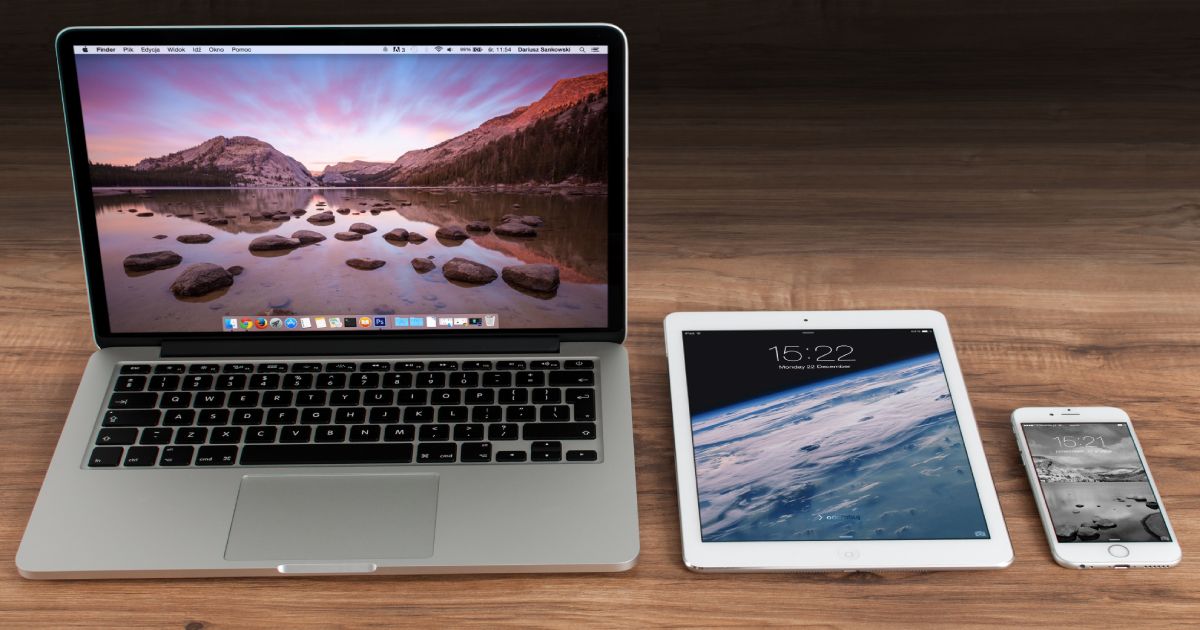Dropshipping vs Print-on-Demand [Key Differences]
![Cosmico - Dropshipping vs Print-on-Demand [Key Differences]](/content/images/size/w1200/2023/08/dropshipping_print_on_demand_2023_cosmico_business_tech_insights.jpg)
Dropshipping and Print-on-Demand (POD) are two popular e-commerce business models that allow entrepreneurs to start an online store without the need to carry inventory or handle production.
While both models offer unique advantages, they operate differently and cater to distinct types of products and markets.
Let's delve into the key differences between dropshipping and print-on-demand to help you choose the right approach for your e-commerce venture.
What is Dropshipping?

Dropshipping is a business model where an online store owner doesn't keep the products in stock. Instead, when a customer places an order, the store purchases the product from a third-party supplier, who then ships it directly to the customer. In essence, the store acts as an intermediary, handling the marketing, sales, and customer service, while the supplier manages inventory and order fulfillment.
One of the main advantages of dropshipping is that it requires minimal upfront investment since you don't need to buy and store inventory. This lowers the risk associated with traditional retail, making it an attractive option for those with limited capital. Dropshipping also offers a wide range of products to choose from, allowing you to test various niches and scale your business rapidly.
However, dropshipping has its challenges. As you're relying on suppliers for inventory and shipping, there's a potential for issues like stockouts, delayed shipments, or quality control problems. Additionally, because multiple stores may work with the same suppliers, it can be challenging to differentiate your brand and products.
Pros of Dropshipping:
- Low Initial Investment: Dropshipping doesn't require upfront inventory costs, making it accessible for beginners.
- Minimal Risk: You don't purchase inventory until a sale is made, reducing the risk of unsold products.
- Wide Product Range: Easily offer a variety of products from different suppliers without managing inventory.
- Location Flexibility: You can operate a dropshipping business from anywhere with an internet connection.
- Scalability: As you don't handle inventory, scaling your business can be more manageable.
- Focus on Marketing: With less time spent on logistics, you can focus on marketing and customer acquisition.
Cons of Dropshipping:
- Lower Profit Margins: Supplier and shipping fees can impact profit margins.
- Dependence on Suppliers: You rely on suppliers for quality, inventory availability, and shipping times.
- Limited Brand Control: You may have less control over product quality, packaging, and branding.
- Competitive Market: Dropshipping is popular, leading to potential competition and price pressure.
- Shipping Issues: Shipping delays or errors can impact customer satisfaction.
- Complexities: Coordinating with multiple suppliers can lead to logistical complexities.
Here are the top dropshipping companies:
- SaleHoo: A comprehensive platform that connects entrepreneurs with a wide range of verified suppliers and products.
- Oberlo: Part of the Shopify ecosystem, Oberlo offers an easy way to find and add products directly to your Shopify store.
- AliExpress: A popular choice with a vast product selection and competitive prices, AliExpress is widely used by dropshippers.
- Spocket: Specializing in high-quality products from suppliers in the EU and US, Spocket is a preferred option for premium dropshipping.
- Doba: Offering a curated list of suppliers and a wide product range, Doba streamlines the dropshipping process for businesses.
What is Print-on-Demand?

Print-on-Demand (POD) is a business model that focuses on customizable products, typically apparel, accessories, and home goods. With POD, you partner with a POD supplier that offers a range of blank products that can be printed with custom designs, logos, or artwork. When a customer places an order on your online store, the product is created, printed, and shipped directly to them by the POD supplier.
POD offers a unique advantage in allowing you to offer personalized and unique products without holding inventory. This model is ideal for creative entrepreneurs, artists, and designers who want to sell branded merchandise or custom items. Since products are created on-demand, there's no need to invest in large quantities upfront.
However, POD has its own set of considerations. While customization is a strong point, the variety of products may be more limited compared to traditional dropshipping. Also, quality control is crucial, as the final product's appearance and print quality impact customer satisfaction.
Pros of Print-on-Demand:
- Low Initial Investment: No need to purchase inventory upfront, reducing upfront costs.
- Customization: Allows for creating unique and personalized products to match your brand.
- No Inventory Management: No storage, fulfillment, or stock management needed.
- Scalability: Easily scale your business without worrying about storage constraints.
- Reduced Risk: Minimal financial risk due to no inventory commitment.
- Variety of Products: Offers a wide range of products to cater to different customer preferences.
Cons of Print-on-Demand:
- Higher Per-Unit Costs: Unit costs might be higher compared to bulk manufacturing.
- Limited Profit Margins: Higher costs can impact profit margins, especially for smaller businesses.
- Quality Control: Ensuring consistent quality across different batches can be challenging.
- Shipping Times: Delivery times can be longer due to production and shipping processes.
- Limited Control: Less control over production processes and order fulfillment.
- Dependence on Suppliers: Reliance on third-party suppliers for product quality and timely fulfillment.
Here are the top print-on-demand companies:
- Printful: A popular choice offering a wide range of customizable products, easy integration with e-commerce platforms, and high-quality printing.
- Printify: Known for its diverse product selection and global network of print providers, Printify allows you to create and sell custom products.
- Teespring: Specializing in apparel, Teespring offers customizable clothing, accessories, and home decor items for print-on-demand businesses.
- SPOD (Spreadshirt Print-On-Demand): Offering fast production times and a range of unique customization options, SPOD is a reliable choice for print-on-demand services.
- AOP+ (All Over Print): Focused on all-over sublimation printing, AOP+ is ideal for creating custom designs on clothing, accessories, and home items.
Key Differences
Dropshipping and Print-on-Demand (POD) are distinct e-commerce models for starting online stores without inventory. Dropshipping involves partnering with suppliers who manage shipping, while POD lets you customize products that are manufactured and shipped as orders come in.
In dropshipping, suppliers handle shipping, reducing inventory costs and risk, but offering less control. POD allows custom products with control over branding, but unit costs might be higher. Dropshipping suits those seeking low-risk entry, while POD suits artists or brands wanting unique products without inventory investment.
Final Thoughts
In conclusion, the choice between dropshipping and print-on-demand depends on your business goals, target audience, and the type of products you want to offer.
Dropshipping is more versatile in terms of product categories, while print on demand caters to creative and customized merchandise.
Understanding these differences will help you make an informed decision and set the foundation for a successful e-commerce venture.





